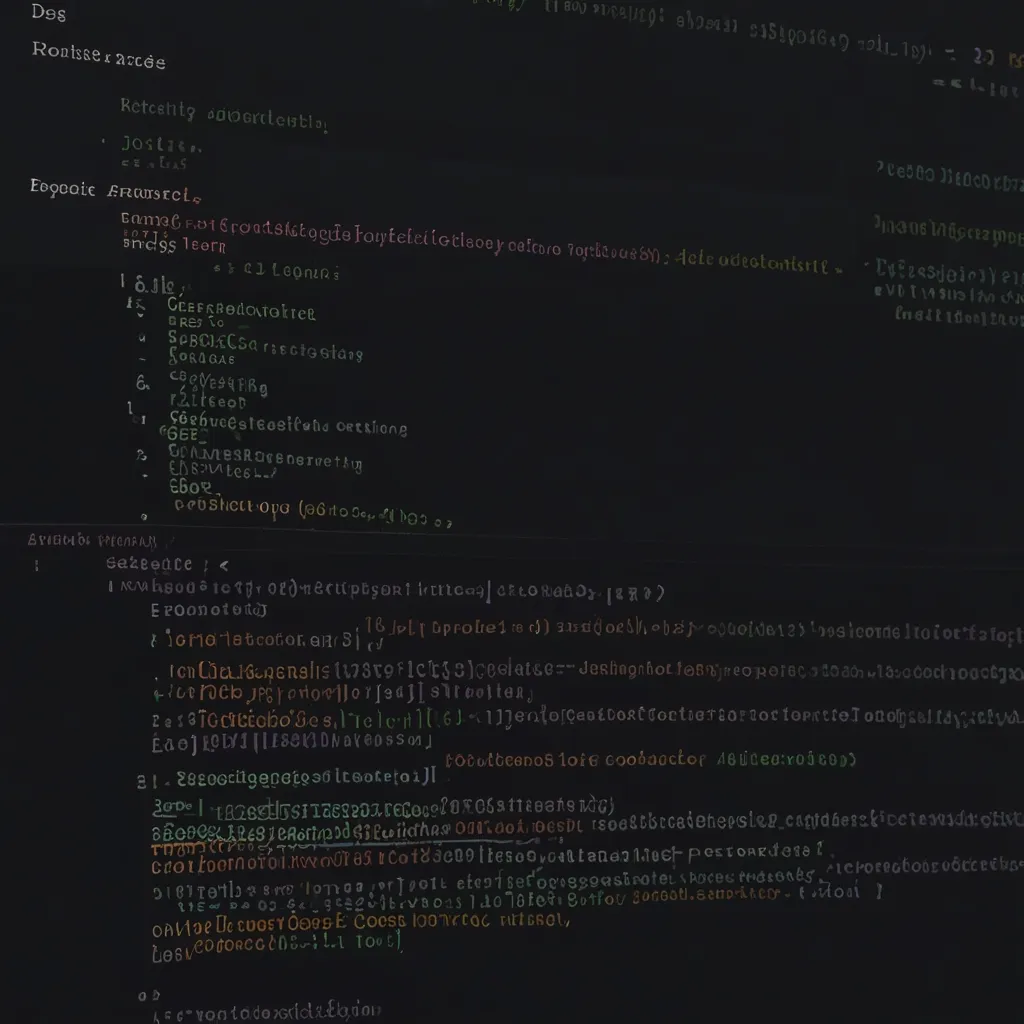Quantum computing algorithms are like a wild rollercoaster ride through the fabric of reality itself. They’re not just faster versions of classical algorithms; they’re a whole new way of thinking about problem-solving. As someone who’s spent years diving deep into this mind-bending field, I can tell you it’s both exhilarating and humbling.
Let’s start with the basics. In classical computing, we’re used to bits that are either 0 or 1. But in quantum computing, we have qubits that can be in a superposition of both states simultaneously. It’s like having a coin that’s both heads and tails until you look at it. This property allows quantum computers to perform certain calculations exponentially faster than classical computers.
One of the most famous quantum algorithms is Shor’s algorithm for factoring large numbers. In the classical world, factoring a 2048-bit number (which is the basis for much of our current encryption) would take longer than the age of the universe. Shor’s algorithm could potentially do it in hours. This has huge implications for cybersecurity, and it’s one of the reasons why governments and tech giants are pouring billions into quantum research.
But Shor’s algorithm is just the tip of the iceberg. Grover’s algorithm, for instance, can search an unsorted database quadratically faster than any classical algorithm. Imagine being able to find a needle in a haystack by only looking at a fraction of the hay. That’s the kind of power we’re talking about.
One of the lesser-known but equally fascinating quantum algorithms is the HHL algorithm for solving linear systems of equations. It’s named after its creators Harrow, Hassidim, and Lloyd, and it’s a prime example of how quantum computing can revolutionize fields like machine learning and financial modeling.
Here’s a simple Python-like pseudocode to illustrate the concept of quantum superposition:
def quantum_superposition():
qubit = Qubit()
qubit.hadamard_gate() # Put qubit in superposition
return qubit
# In reality, measuring this qubit would collapse it to either 0 or 1
# with equal probability
Of course, real quantum programming is much more complex, involving concepts like quantum circuits and gates. But this gives you a taste of the fundamental difference in thinking required.
One of the most exciting areas of quantum algorithm development is in quantum machine learning. Classical machine learning algorithms often struggle with high-dimensional data, but quantum algorithms can potentially handle these complex datasets with ease. Imagine training a neural network that can process information in multiple dimensions simultaneously. It’s like giving AI a psychedelic experience, allowing it to see patterns and connections that are invisible to classical systems.
But here’s the thing: developing quantum algorithms isn’t just about speed. It’s about approaching problems from entirely new angles. For example, the quantum approximate optimization algorithm (QAOA) tackles combinatorial optimization problems by exploiting quantum superposition to explore multiple solution paths simultaneously. It’s like having a team of infinitely patient workers trying every possible combination at once.
Let’s look at a simplified version of how we might implement QAOA in a hypothetical quantum programming language:
def QAOA(problem, p):
# Initialize qubits in superposition
qubits = create_superposition(n_qubits)
for i in range(p):
# Apply problem Hamiltonian
apply_problem_unitary(qubits, problem)
# Apply mixing Hamiltonian
apply_mixing_unitary(qubits)
# Measure the result
return measure(qubits)
This is a highly simplified version, but it gives you an idea of the approach. We’re essentially creating a quantum state that represents all possible solutions, then iteratively applying operations that push the system towards optimal solutions.
One of the challenges in quantum algorithm development is dealing with noise and errors. Quantum systems are incredibly delicate, and even the slightest disturbance can cause decoherence, essentially destroying the quantum state. This is why much of current research focuses on error correction and noise mitigation techniques.
I remember the first time I successfully ran a simple quantum algorithm on a real quantum computer. It was a tiny 5-qubit system, and all I did was create a Bell state (a simple entangled state between two qubits). But watching those results come in, knowing that I had just manipulated the fundamental building blocks of reality to perform a computation, was a moment of pure awe.
As we push further into the quantum realm, we’re discovering algorithms that have no classical analogue. The quantum Fourier transform, for instance, is a key component of many quantum algorithms, allowing us to perform certain transformations exponentially faster than classical methods.
Here’s a rough sketch of how you might implement a quantum Fourier transform:
def quantum_fourier_transform(qubits):
n = len(qubits)
for i in range(n):
hadamard(qubits[i])
for j in range(i+1, n):
controlled_phase(qubits[i], qubits[j], pi/2**(j-i))
# Swap qubits
for i in range(n//2):
swap(qubits[i], qubits[n-1-i])
Again, this is a simplified version, but it gives you an idea of the process. The beauty of the quantum Fourier transform is that it can be applied to a superposition of states, effectively performing the transform on multiple inputs simultaneously.
One area where quantum algorithms show particular promise is in simulating quantum systems themselves. Classical computers struggle to simulate even moderately sized quantum systems due to the exponential growth in complexity. Quantum computers, on the other hand, can naturally represent quantum states, making them ideal for simulating things like complex molecules for drug discovery or new materials with exotic properties.
The variational quantum eigensolver (VQE) algorithm is a prime example of this. It’s a hybrid quantum-classical algorithm designed to find the ground state energy of a molecule. Here’s a high-level pseudocode for VQE:
def VQE(hamiltonian, initial_params):
while not converged:
# Prepare quantum state
qstate = prepare_state(initial_params)
# Measure energy
energy = measure_energy(qstate, hamiltonian)
# Classical optimization step
new_params = classical_optimizer(energy, initial_params)
initial_params = new_params
return energy, initial_params
This algorithm leverages the strengths of both quantum and classical computers, using the quantum system to prepare and measure complex quantum states, and the classical system to optimize parameters.
As we continue to develop more powerful quantum computers, we’re also discovering new algorithms that could revolutionize fields we haven’t even considered yet. Quantum random walks, for instance, provide a new approach to certain graph problems and could lead to breakthroughs in network analysis and optimization.
But perhaps the most exciting aspect of quantum algorithms is the potential for discovery. Just as classical computers opened up new fields like artificial intelligence and big data analytics, quantum computers may allow us to ask entirely new questions and explore realms of knowledge that are currently beyond our reach.
Imagine being able to model the human brain in its full quantum complexity, or simulating the early universe to understand the origins of cosmic structure. These are the kinds of problems that quantum algorithms might one day tackle.
Of course, we’re still in the early days of quantum computing. Current quantum computers are noisy and prone to errors, limiting the size and complexity of the algorithms we can run. But progress is happening at a breakneck pace. New error correction techniques, improved qubit designs, and novel algorithmic approaches are pushing the boundaries of what’s possible.
As someone working in this field, I can tell you that the excitement is palpable. Every day brings new discoveries, new challenges, and new opportunities to reshape our understanding of computation and the universe itself.
So, as we stand on the brink of this quantum revolution, I can’t help but feel a sense of wonder and anticipation. The algorithms we’re developing today are just the beginning. They’re the first tentative steps into a vast new territory of computational possibility. Who knows what we’ll discover as we venture further into this quantum frontier?
One thing’s for certain: the future of computing is quantum, and it’s going to be one hell of a ride. So buckle up, fellow coders and scientists. We’re about to leave the classical world behind and dive headfirst into the quantum unknown. And trust me, it’s going to be amazing.






